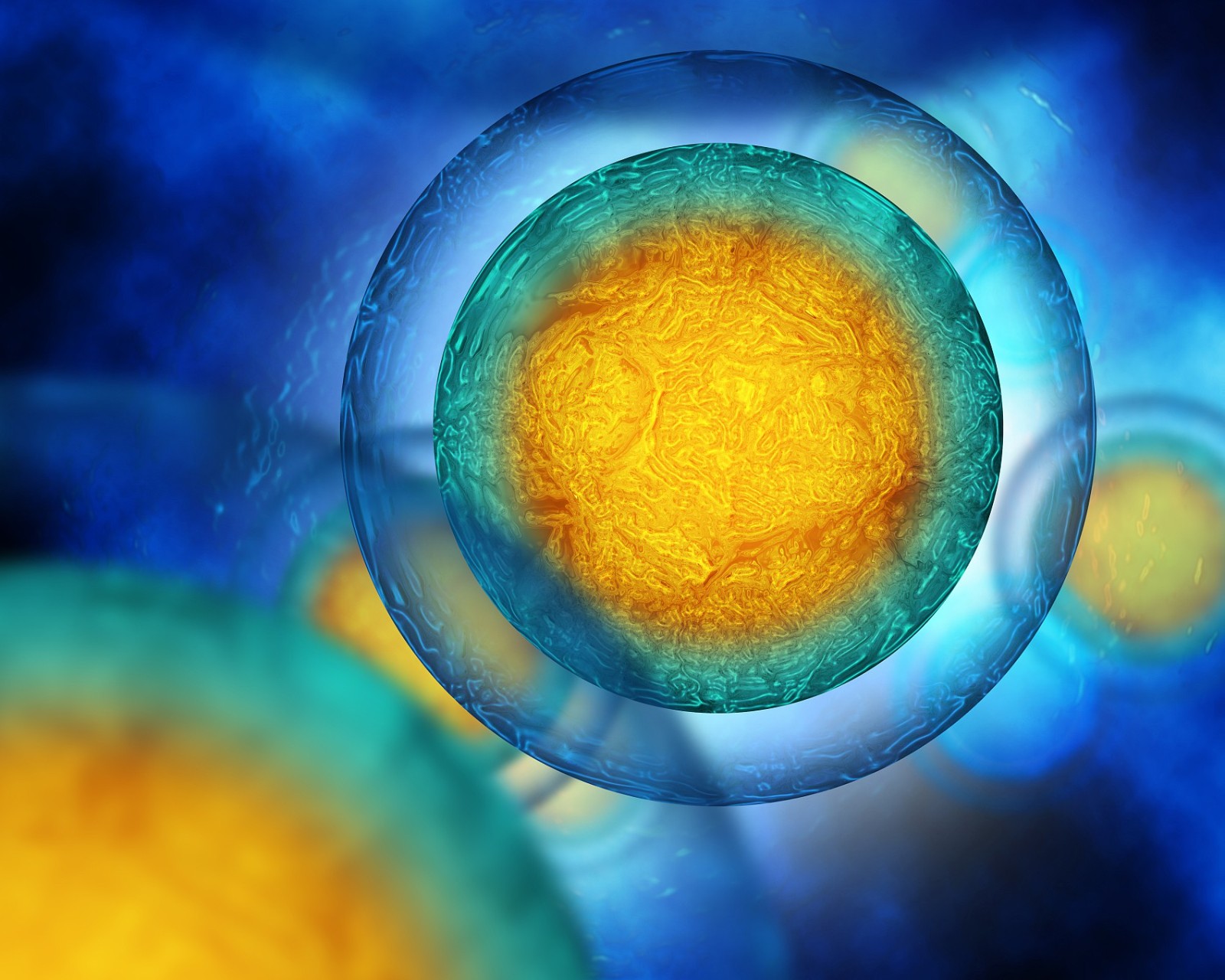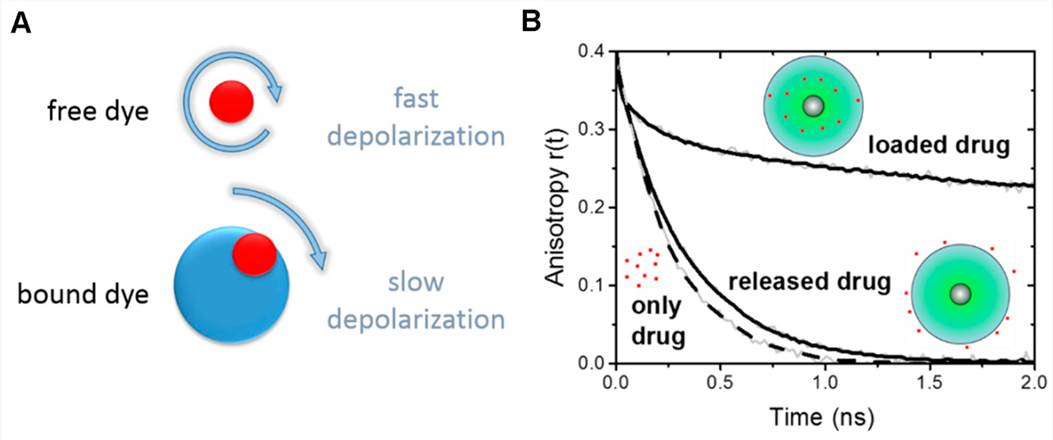Time-resolved fluorescence spectroscopy (TRF) is a spectroscopic technique used to monitor the interactions between molecules and the motion that occurs over short periods of time. It is a helpful approach to the structural analysis and dynamics of biomolecules since it can quantify changes on the picosecond or nanosecond time scale. Our company provides professional TRF services to clients for pharmacodynamic (PD) tests and drug screening applications.
Service Overview

We at Our company use TRF services to help our customers with drug screening applications to monitor molecular interactions and motions that occur in the picosecond-nanosecond time range. TRF is particularly helpful in examining the structure and dynamics of biomolecules due to its picosecond detection range, which allows it to be utilized to assess the internal dynamics of huge molecules. To support a range of medicines, including kinase activity and signaling pathways, we also use TRF technology for biomarker and PD testing.
TRF procedures are carried out utilizing a type of test known as TR-FRET (time-resolved fluorescence energy transfer) assays, if suitable reagents can be produced or obtained. These are very strong techniques that can be automated and reduced in size, which makes them excellent for drug testing.
Research Capabilities
TRF and conventional fluorescence detection are extremely comparable. The timing of the excitation/emission process is the primary distinction between the two measurements. Excitation and emission happen simultaneously during a typical fluorescence assay, and the light the sample emits is detected as excitation is happening.
In contrast, TRF relies on the employment of extremely specialized fluorescent molecules known as lanthanide chelate markers that enable the identification of emitted light upon excitation. Europium ion (Eu3+) is the lanthanide chelate label that we utilize the most frequently.
Whether it's a fluorescence assay necessary for your research or a phosphorescence study, we can tailor our services to any form of fluorometric test using research-grade fluorescence lifetime spectrophotometers.
 Fig.1 Sensitivity of time-resolved fluorescence anisotropy curves r(t) for the conjugation state between nanocarrier and fluorescent drug. (Boreham A, et al. 2014)
Fig.1 Sensitivity of time-resolved fluorescence anisotropy curves r(t) for the conjugation state between nanocarrier and fluorescent drug. (Boreham A, et al. 2014)
Certain substances, including proteins or cytokines, can be measured using quantitative immunoassays based on time-resolved fluorescence. They rely on specific antibodies that have been fluorophore-labeled binding to the target and recognizing the target. The analysis and quantification of the fluorescent signal indirectly reveal the properties of the target molecule. Immunoassays have the capacity for multi-parameter detection, are very sensitive, and are quantitative.
Overall Solutions
| Project Name | Time Resolved Fluorescence Service |
| Test Objectives | - ADCs (Mab, ADA)
- Fusion Proteins
- Large Molecules (NBEs)
- Monoclonal Antibodies (mAbs)
- Multi-Valent Antibodies
- Novel Frameworks
- PEGylated Proteins
- Peptides
- Proteins
|
| Deliverables | Original images and raw data.
A complete experimental report, including experimental materials, experimental procedures, and experimental results. |
| Cycle | Decide according to your needs. |
For more information, please feel free to contact us.
Reference
- Boreham A, et al. (2014). "Nanodynamics of Dendritic Core-Multishell Nanocarriers." Langmuir. 30: 1686-1695.
Related Services
It should be noted that our service is only used for research, not for clinical use.


 Fig.1 Sensitivity of time-resolved fluorescence anisotropy curves r(t) for the conjugation state between nanocarrier and fluorescent drug. (Boreham A, et al. 2014)
Fig.1 Sensitivity of time-resolved fluorescence anisotropy curves r(t) for the conjugation state between nanocarrier and fluorescent drug. (Boreham A, et al. 2014)